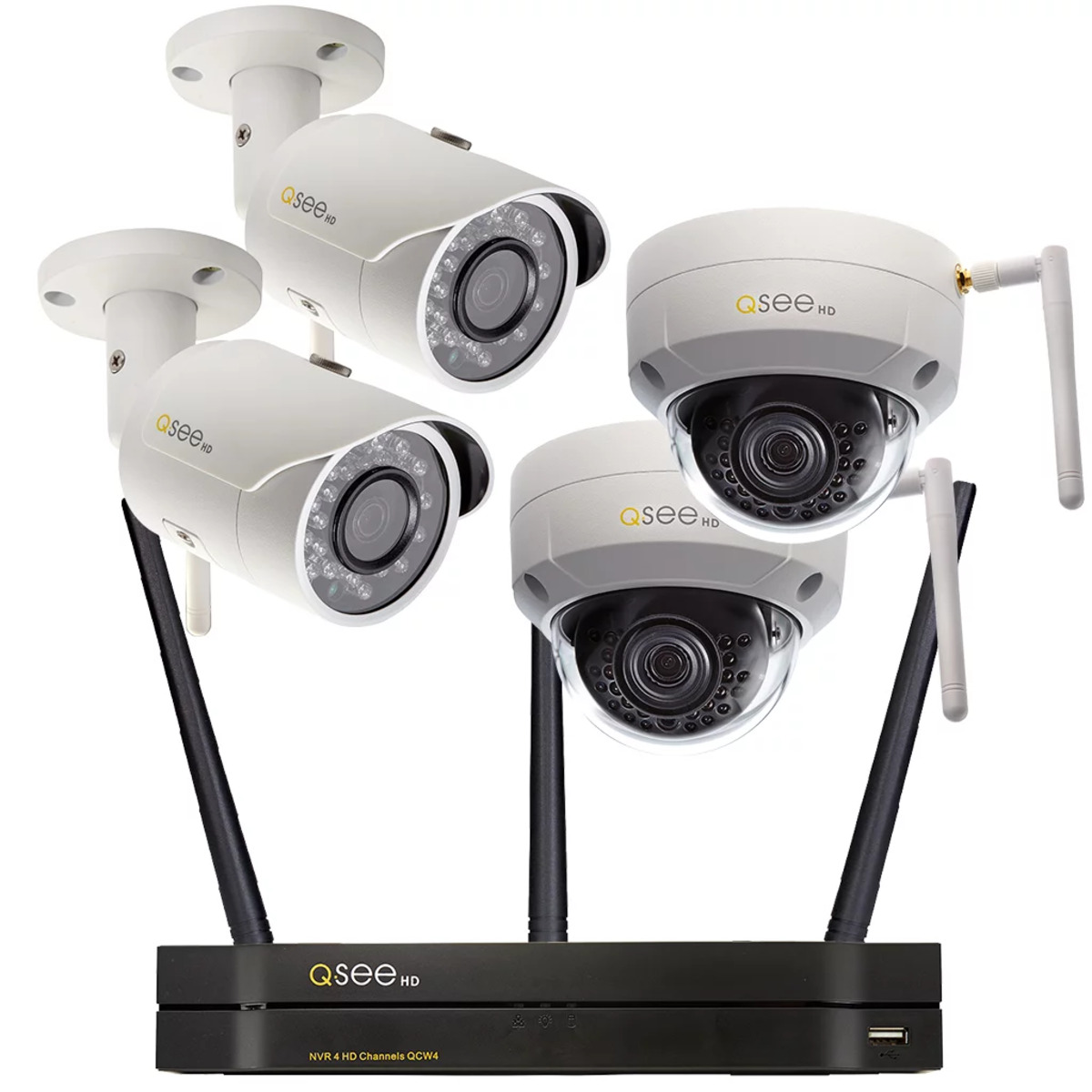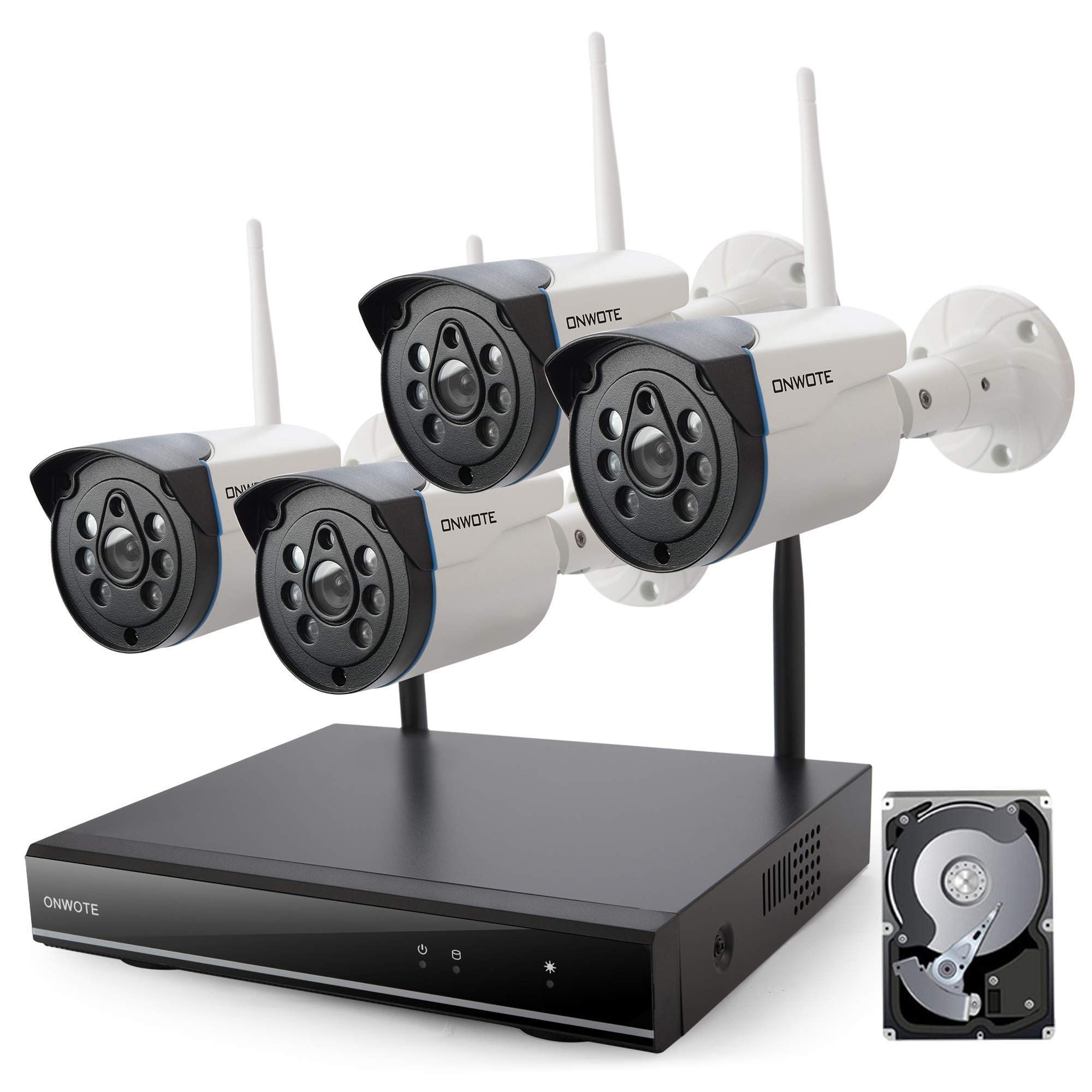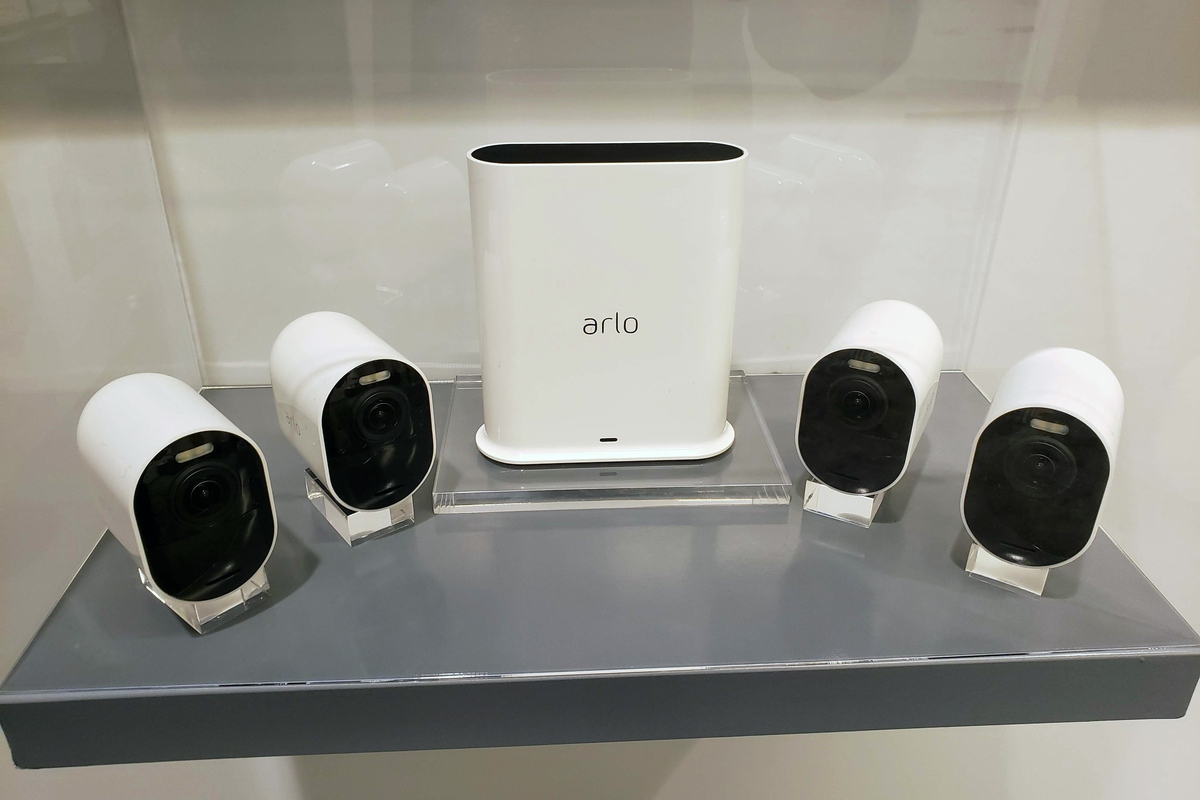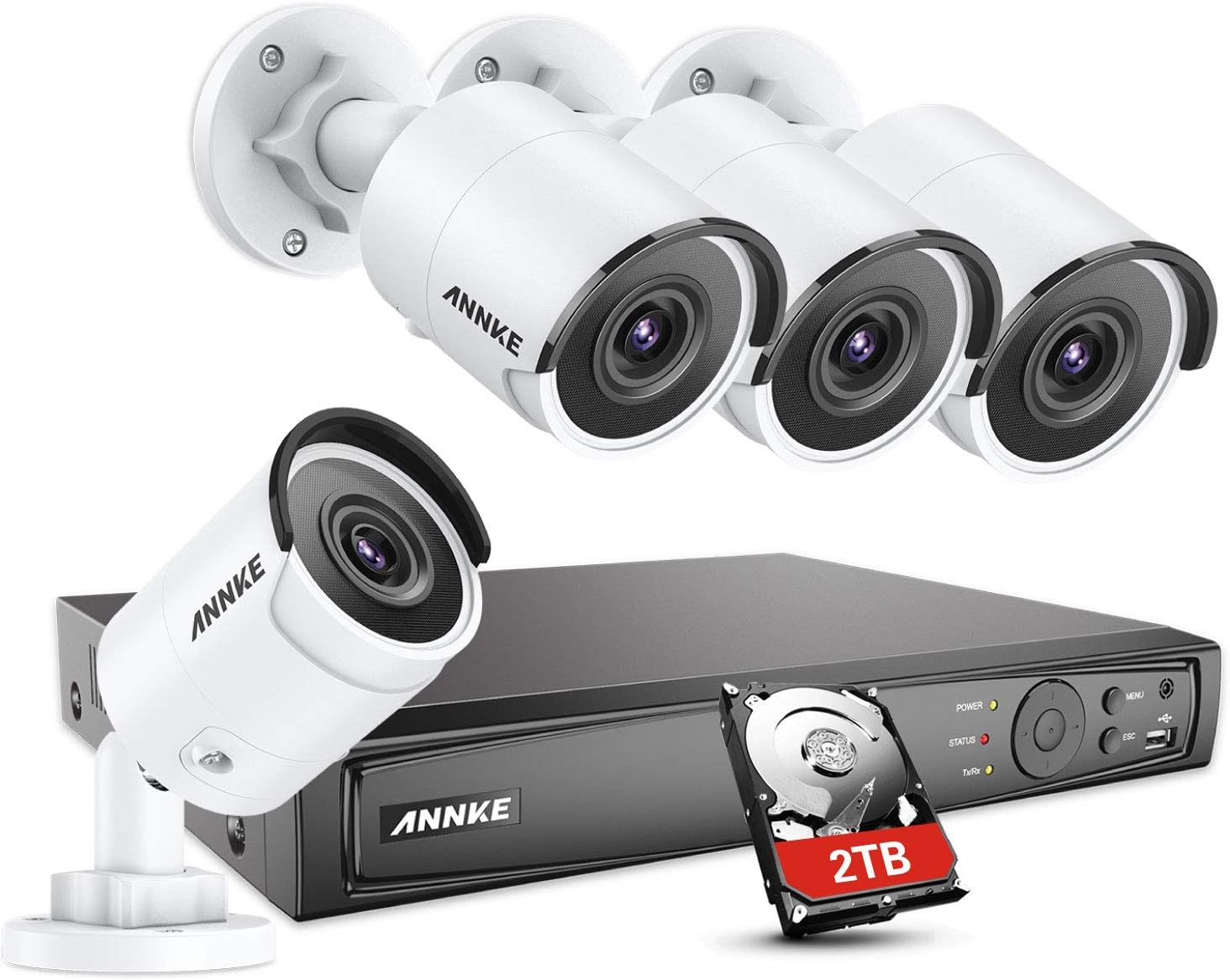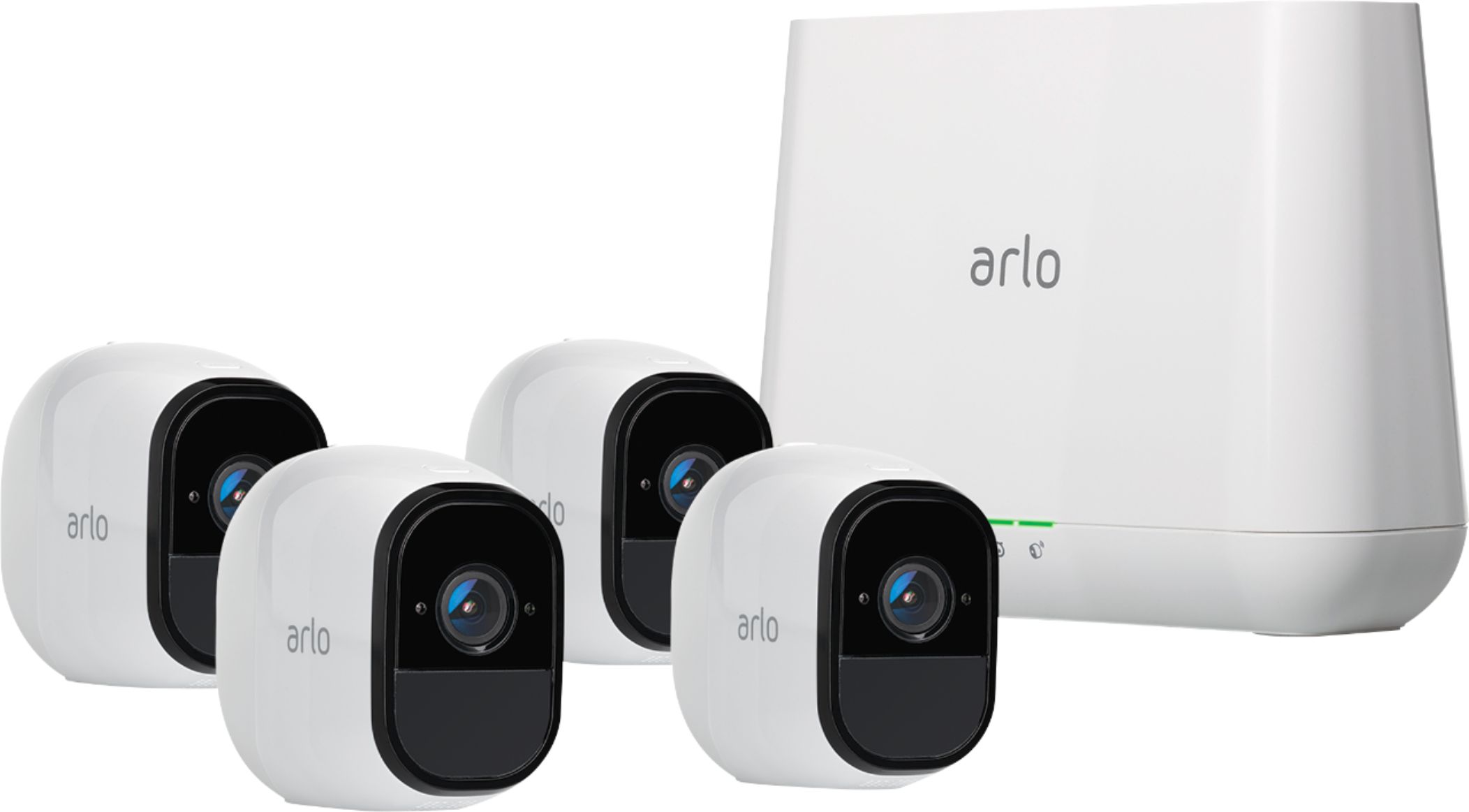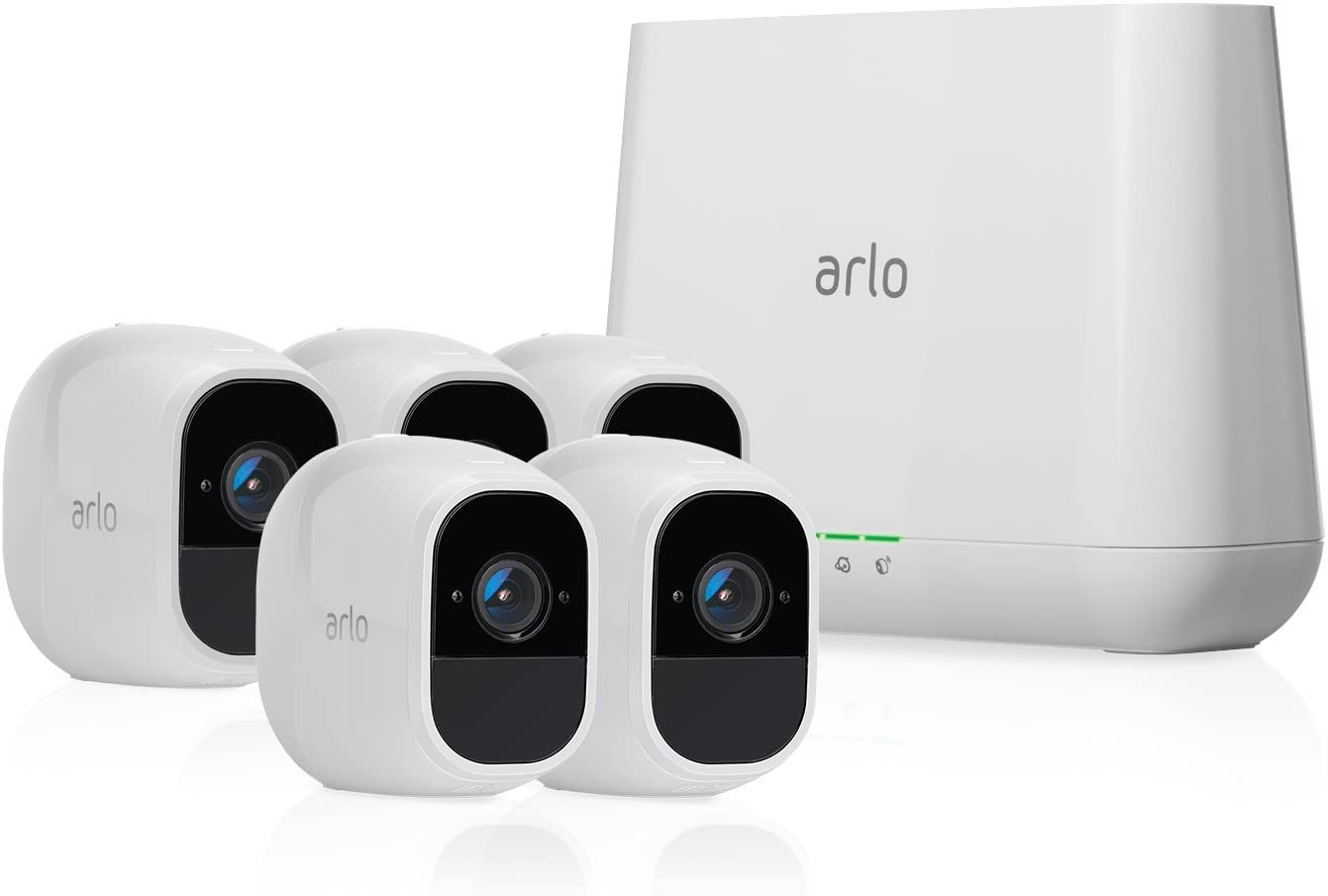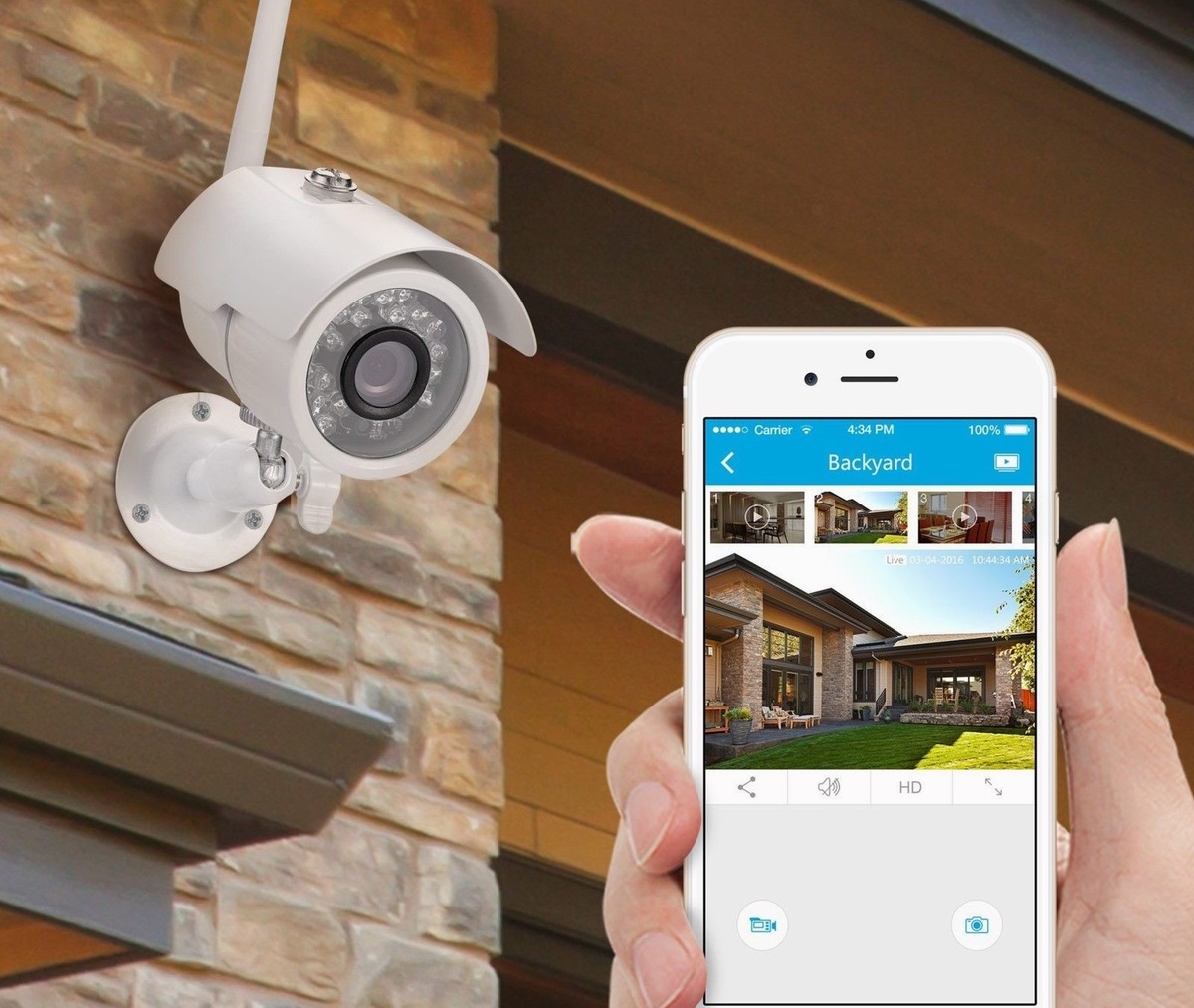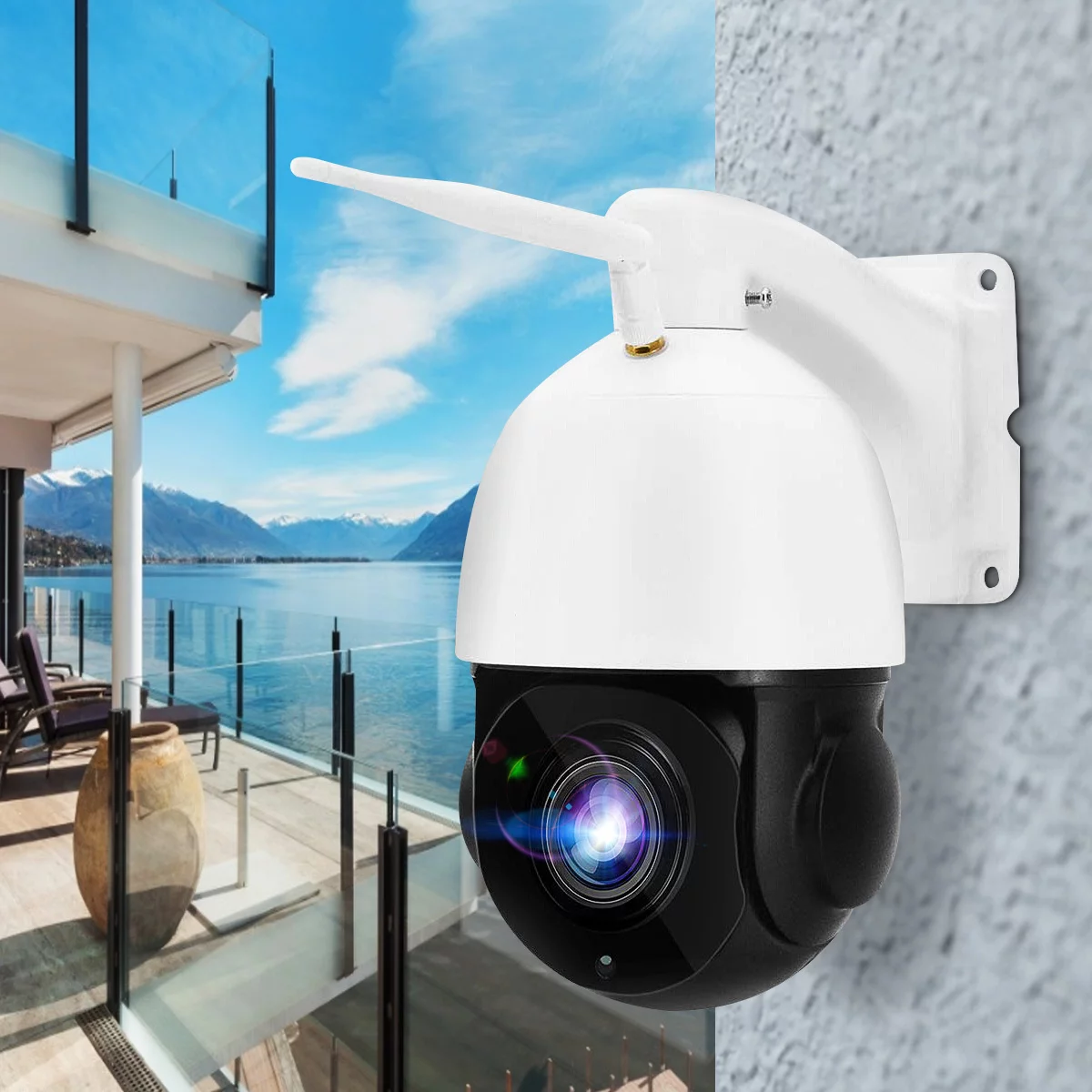Home> Outdoor Home Security Camera System
Outdoor Home Security Camera System: Ultimate Protection Guide
Explore our comprehensive guide on Outdoor Home Security Camera System. Uncover top-rated systems, expert advice and safety tips for your home in 2022.
15 Unbelievable Wireless Home Security Camera System With Hard Drive for 2024
By: Sophie Thompson • Articles
9 Amazing Home Security Camera System With Hard Drive for 2024
By: Amelia Brooks • Articles
8 Incredible Arlo Wireless Home Security Camera System for 2024
By: Ethan Hayes • Articles
15 Best Home Security Camera System Wireless Outdoor Night Vision WiFi for 2024
By: Noah Bennett • Articles
